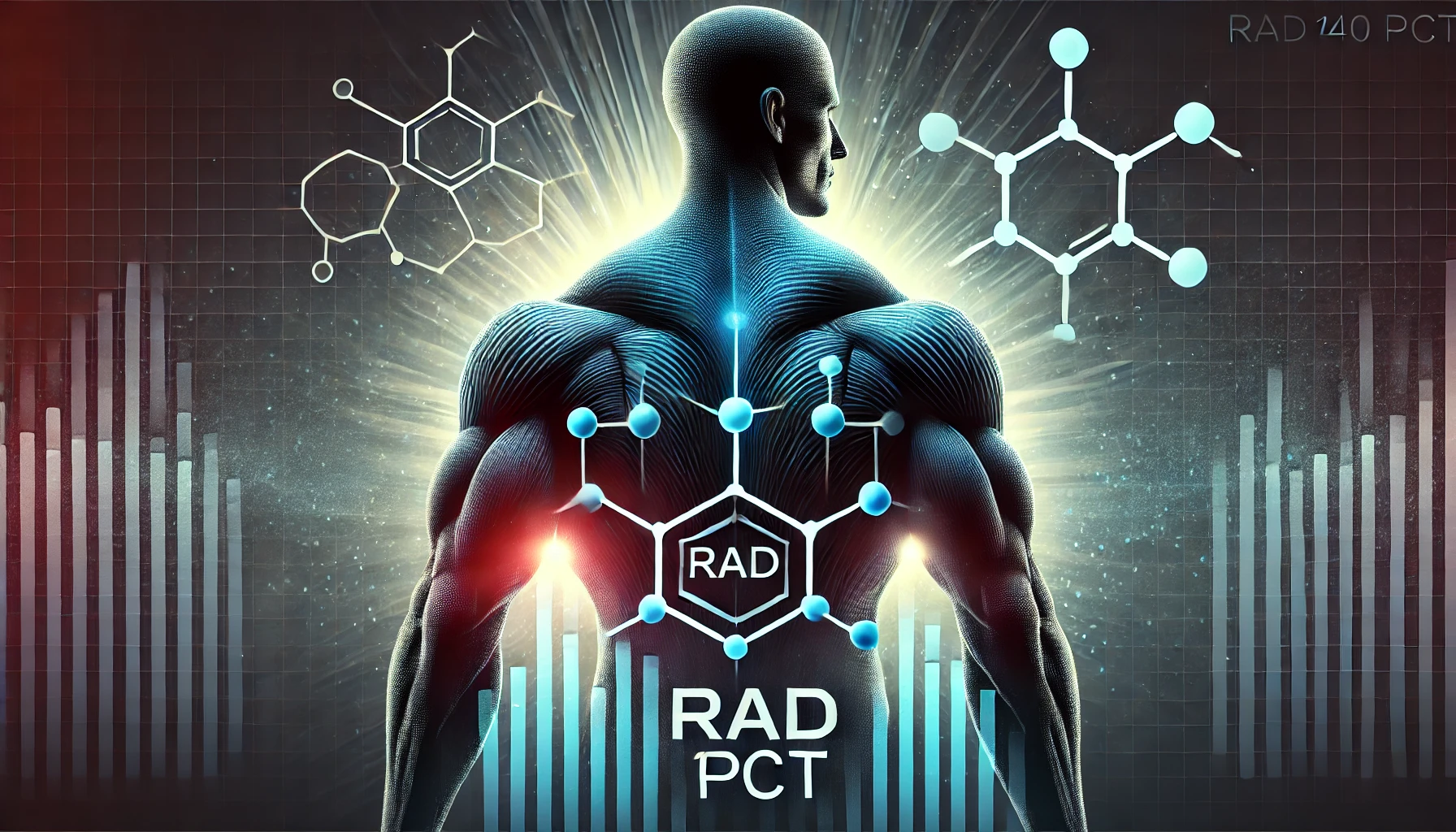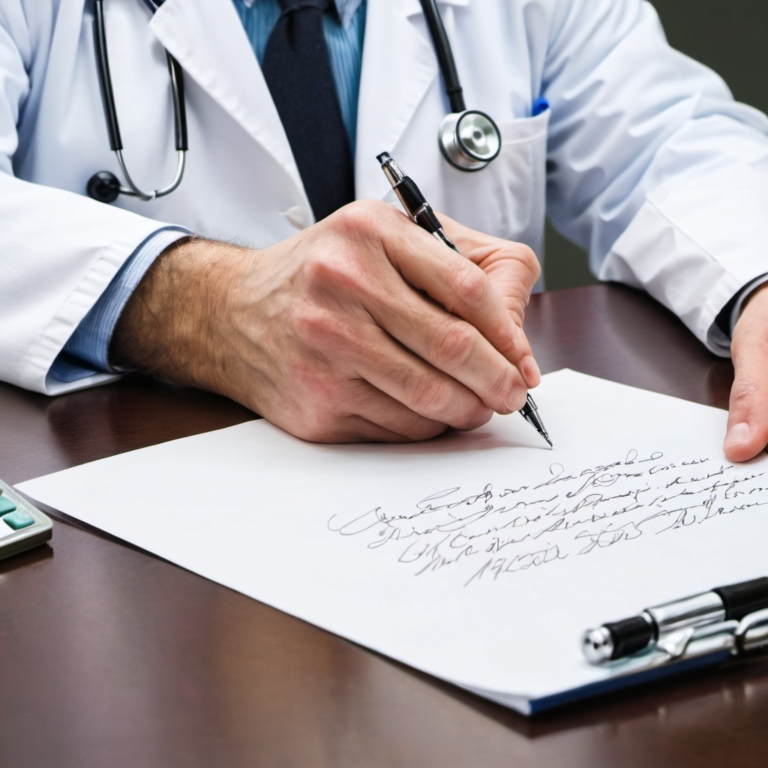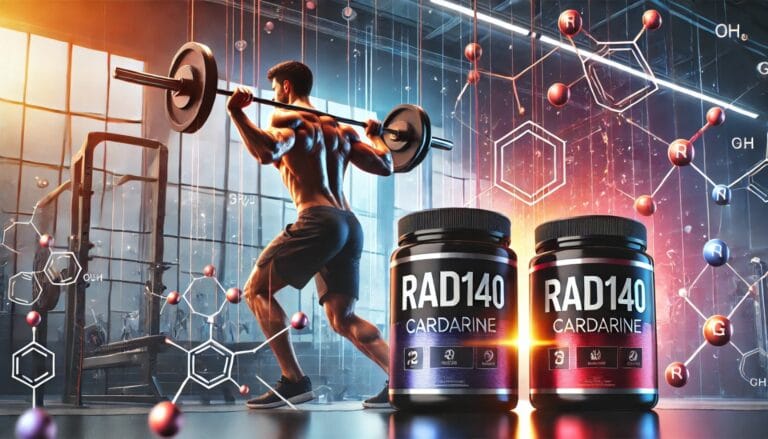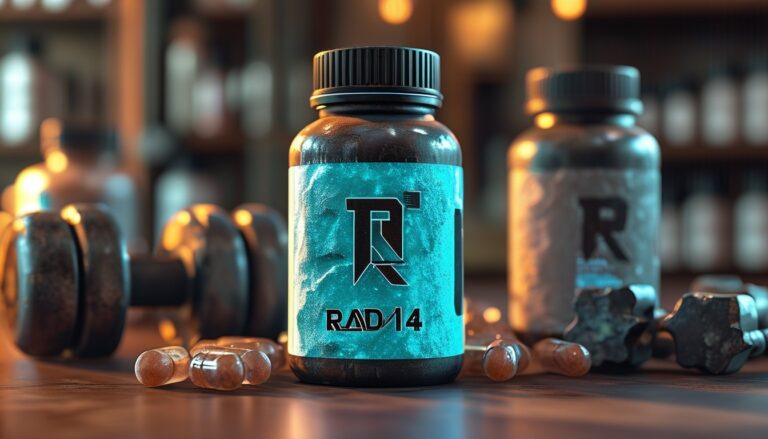RAD 140 PCT: Your Complete Guide to Post-Cycle Therapy
Introduction
RAD 140 has an alternative name Testolone and is among the popular Selective Androgen Receptor Modulators (SARMs). Most of its users seem to be in the bodybuilding and other athletic sports owing to the benefit it presents in enhancing muscle mass and strength. However, when using RAD 140 or in this case PK or other SARMs, we should appreciate the necessity of post Cycle Therapy. In this article, we will discuss the characteristics, effects, and purpose of RAD 140 (Testolone) and why post-cycle treatment is important after a RAD 140 cycle and how to do it properly.
What is RAD 140 (Testolone)?
RAD 140, or Testolone, as it is also known, is a SARM therapeutic aimed at enhancing testosterone effects without the side effects of anabolic steroids. Composition SARMs, as RAD 140, generate their effect by identifying the androgen receptors inside muscle tissues thus helping bulk and cut.
Reasons for RAD 140’s Popularity among Athletes
RAD 140 has gained a reputation among bodybuilding and sporting circles due to muscle hypertrophy and strength gains that quickly occur with the use of the drug. Based on the many studies conducted with RAD 140, its side effects lie in its shorter durations of testosterone suppression as well as liver toxicity compared to RAD 140 and conventional anabolic steroids.
- Muscle Building and Fat Loss: RAD 140 is a well-known supplement that enables users to build muscle as well as reduce the fat content in the body.
- Comparison to Anabolic Steroids: Like all other SARM products, RAD 140 is preferred by most users to anabolic steroids owing to its capability to enhance muscle like anabolic steroids but with lower side effects.
How RAD 140 Affects the Body
Though RAD 140 is considered a milder version of steroids, one should know that it also has some potential effects including the inhibition of the body’s own testosterone production.
Impact on Testosterone Levels: Suppression of natural testosterone levels is always the reason why RAD 140 is widely unrealistic – an expectable testosterone boost/surge. RAD 140 will need PCT at some point.
Androgenic Effects: Other effects may include Androgenic adverse reactions just like anabolic steroids though they don’t exist in a greater magnitude and thus the users may have psychological changes, mood, sexual desire etc.
Potential Side Effects: Not all individuals will tolerate RAD 140 well. When use of the drug is discontinued, there can be headaches, depression, and nausea or testosterone suppression.
The Importance of Post-Cycle Therapy (PCT)
PCT becomes important in case of RAD 140 cycles where it enables the body to return to its natural hormone levels after suppressive use. In the absence of PCT, depressive symptoms alongside long term testosterone suppression will even more aggravate problems such as loss of muscle, and fatigue.
When to Consider PCT Following RAD 140
After the use of RAD 140 the use of Post-Cycle Therapy assists in solving many of the issues relating to the masculine hormones. These issues include:
- Low Testosteron Level: Energy loss and having low or no sexual desire as well as muscle wastes are all signs of low testosterone.
- Fatigue and Mood Changes: Hormonal changes may also cause the users to feel more lethargic than usual or become moody.
- Reduction of the Body’s Muscles: Without utilising suitable PCT, all the gains that you made during the RAD 140 cycle will be lost.
How to Choose the Correct PCT for RAD 140 Usage
The greatest and most frequently utilized PCT drugs are Nolvadex (Tamoxifen) or Clomid (Clomiphene) after a cycle of RAD 140. These medications assist in increasing your body’s intratesticular testosterone while minimizing estrogen effect.
- Nolvadex: PCT due to the deestrogenization properties of Nolvadex has the advantage of restricting the likelihood of estrogen side effects during PCT.
- Clomid: Clomid is also very popular in this kitty because it enhances T levels and prevents estrogen from dominating.
When to Commence PCT After RAD 140
When carrying out PCT, timing is everything. PCT should be delayed for 1 or 2 weeks after the last dose of RAD 140 in order for testosterone levels to be restored. Recovery from the post cycle takes about 4-6 weeks.
Detailed PCT Protocol for the RAD 140 Users
- The following is a PCT regimen for people who are post RAD 140 cycle:
- Week 1-2: Nolvadex 40mg daily, Clomid 50mg daily
- Week 3-4: No more than 20mg Nolvadex a day also 25 mg Clomid daily also should not exceed this dose
- Week 5-6 (if needed): Nolvadex may continue at 20mg per day
Additional Support To PCT
Apart from Nolvadex or Clomid, some other supplements may speed up recovery during PCT:
- Herbal natural testosterone boosters: Supplementing with fenugreek or tribulus terrestris may boost natural testosterone levels.
- Supplements for Liver Support: Protect your liver utilizing milk thistle or NAC.
- Aromatase Inhibitors: Consider using drugs such as Arimistane to prevent estrogen rebound.
PCT other dos and don’ts
Avoiding muscle mass loss and enhancement of rehabilitation are key issues in post cycle therapy PCT.
- Nutritional Needs: Studies suggest that during the recovery period the following foods should be consumed: protein, healthy fats, and complex carbohydrates.
- Workout Routine: Strength sparing strategies should be adopted but activity should still be deployed for muscle hypertrophy.
What Not To Do While On PCT
Make sure to avoid these limitations to have a successful PCT:
Underestimation of the Duration of the PCT: Do not be in haste to oblige the PCT period.
Selected The Wrong Compounds: Make sure that you only utilize quality PCT compounds such as Nolvadex or Clomid.
Neglecting Diet and Rest: Calories and proper rest as per the patient’s needs are as crucial in the medication process.
Potential Side Effects of RAD 140 PCT
Some side effects can occur during PCT, including but not limited to:
- Estrogen Rebound: Estrogen levels can rise post-RAD 140, and such increases can be associated with adverse symptoms such as water retention and gynecomastia.
- Hormonal Imbalances: Hormone levels must be managed during the PCT phase, or there will be more complications in the process than expected.
How Long Does it Take to Recover After PCT?
The recovery periods are not the same for every user, but average users are able to return to normality within intervals of 4-8 weeks after use of PCT.
Your hormone levels should be monitored and replenished whenever necessary.
Can You Avoid PCT with RAD 140?
Not using PCT is dangerous. Some users may not see the need for it but if there are no restrictions there is a high risk of several negative repercussions such as chronic testosterone suppression.
Final Thoughts on RAD 140
RAD 140 stimulates anabolic activity and can be a great muscle gaining agent, however, PCT must also be integrally looked after. Proper post-surgery care is going to assist in maintaining the results achieved, normalizes the hormones and does not allow side effects to occur.







